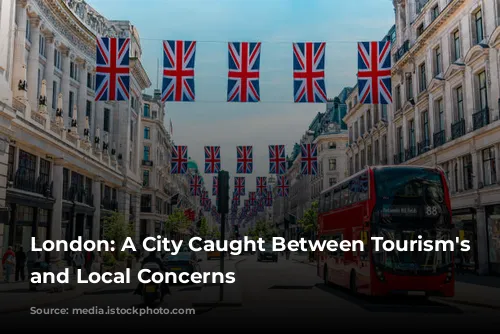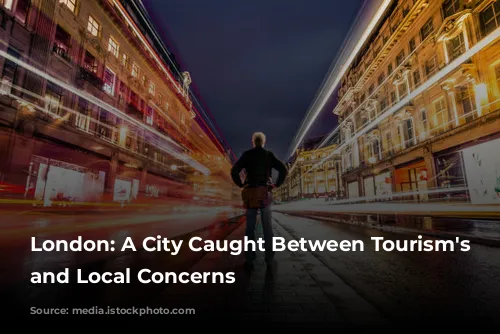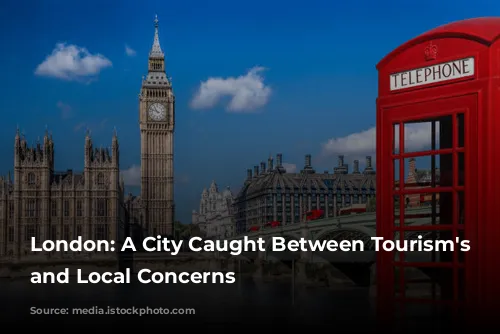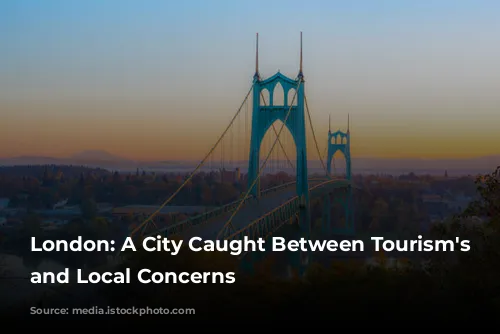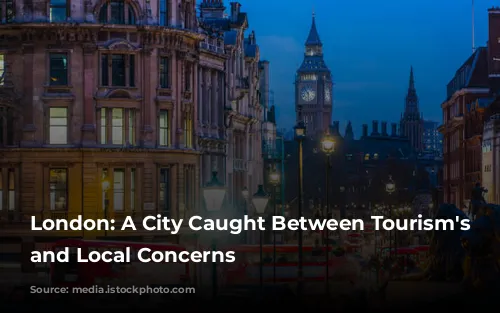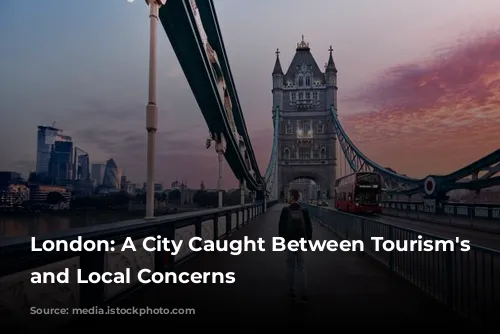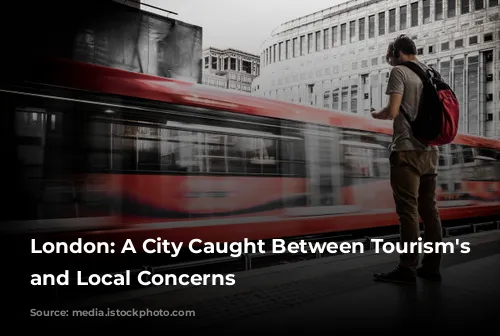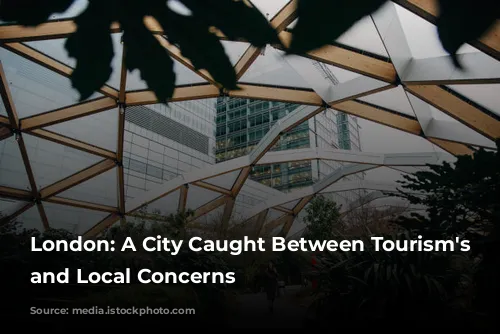London, a global magnet for tourists, stands at a crossroads. While tourism fuels the city’s economy, its sheer volume presents challenges for locals and the environment.
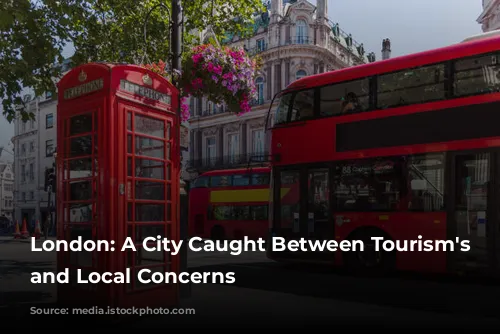
A Double-Edged Sword: Tourism’s Impact on London
London’s bustling streets and iconic landmarks attract millions of visitors each year, injecting substantial revenue into the local economy. This tourism boom has created jobs in hospitality, restaurants, and related industries, contributing to the city’s economic vitality. Moreover, tourism has raised London’s global profile, showcasing its diverse culture and historical significance to the world.
However, the influx of tourists also presents challenges for the city. London’s most popular attractions, from the British Museum to Buckingham Palace, are often overwhelmed by crowds, leading to long queues and congestion. Navigating through the city center can become a daunting task due to the sheer number of tourists and vehicles.
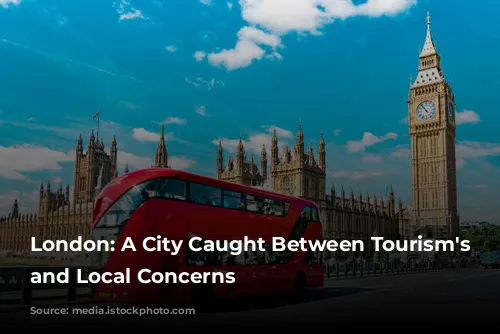
The Human Cost of Tourism: Workers and Residents
While the hospitality industry benefits from tourism, it also faces challenges. The demand for workers has led to the hiring of many foreign workers, who often face difficult working conditions. Nearly 80% of hotel workers earn less than the British Living Wage, and approximately 70% have an immigrant background. These workers often face long hours, language barriers, and communication issues.

Environmental Concerns: The Footprint of Tourism
Tourism’s environmental impact is a growing concern in London. Energy consumption, waste generation, and the carbon footprint of tourists contribute to the city’s environmental strain. Transportation is a major source of air pollution, with tourists often opting for taxis. Airports also contribute to noise pollution, affecting the quality of life for residents, especially those living near the city’s six airports.

London Strives for Balance: Addressing the Challenges
The London government is actively working to manage the impact of mass tourism. They are implementing measures such as regulating short-term rentals to ensure affordable housing for locals and promoting lesser-known areas of the city to disperse visitor traffic. The government is also raising awareness about the importance of environmental conservation, encouraging tourists to be more mindful of their impact.
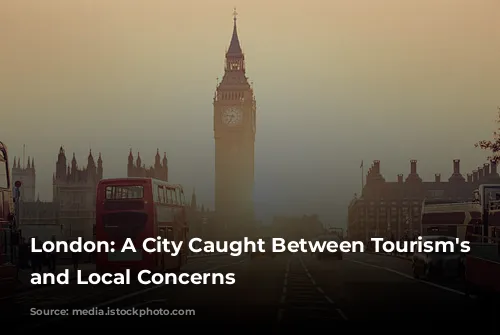
A City in Transition: A Balance Between Growth and Quality of Life
London’s efficient public transport system provides a sustainable alternative to individual car travel, encouraging walking and cycling. The city’s extensive green spaces offer respite from the urban landscape, promoting a greener and healthier environment.
Balancing tourism’s economic benefits with the quality of life for locals remains a priority for London. It’s a delicate dance, particularly in a city with a population of 10 million. However, London’s dedication to sustainability, inclusivity, and responsible tourism offers a glimmer of hope for a future where the city can flourish while maintaining its charm and character.
